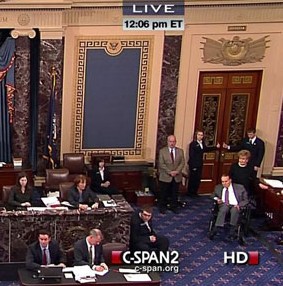 As many readers of this blog may have noticed, I am taking a break for a while.
As many readers of this blog may have noticed, I am taking a break for a while.
There are two reasons for this. I’ve been really busy—work and family comes before blogging (and the level of social media engagement necessary to promote a blog). More importantly, however, it’s time to adjust eVentures in Cyberland’s focus. Many of the things I started blogging about back in 2009, such as social media messages going viral, are hardly news any more. Other emerging trends I covered in 2010 and 2011, such as whether mobile or social media played a role in the Arab Spring, are no longer debated.
While some topics are still relevant, such as the art and science of provoking a “swarm” to make your message go viral, my heart is not into covering them. What inspires me is writing about things that will make a positive impact on the world, not information possibly used to do the opposite. As Geoff Livingston, one of my favorite bloggers, wrote:
“Many of us hoped [social media] conversations would elevate society. Though we have seen great societal good happen through conversational media, we have also witnessed a marked drop in civility, polarization of views, and the rise of a Grumpy Cat culture where pet pics rule supreme.”
So what’s next? I am still monitoring social media, particularly through Twitter, to stay current and find new inspiration. Because one of my recent consulting gigs had to do with writing about predictive data analytics, I am increasingly interested in big data. I’m not sure that is a subject, however, that will bring as many readers as my social media swarm/viral coverage did. I’m also considering refocusing on context marketing and user experience (which does have a big data connection), advocacy marketing, or influence marketing.
I do not want to focus on faddish buzz words, however, that arguably do not represent anything new. I’d also like something with a clear international connection, staying true to my blog’s roots.
Bottom line? Stay tuned! Some sort of positive change is coming…




